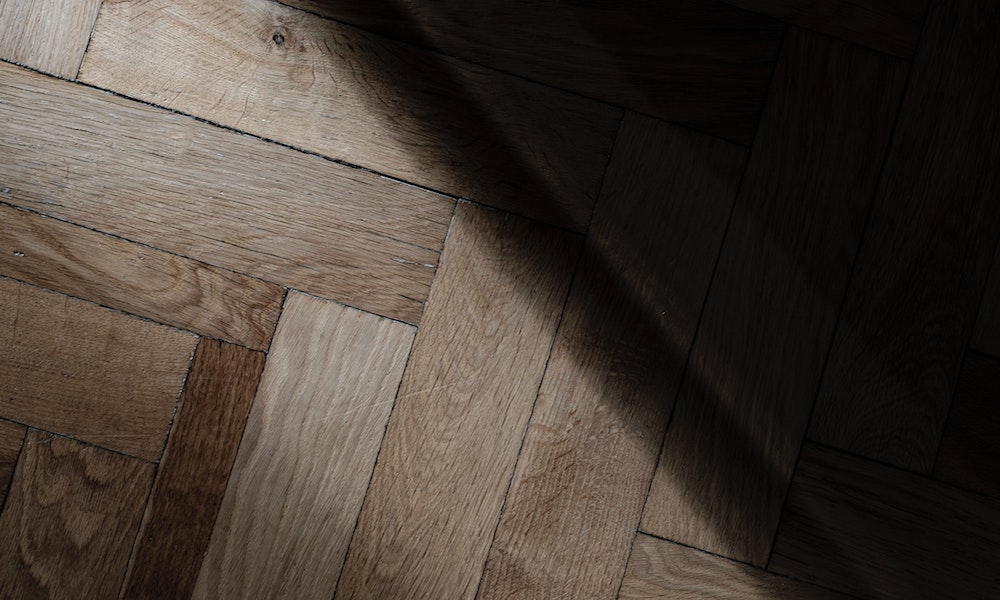
23 Sep Do you know the Differences Between Vinyl and Linoleum?
Low-priced and highly resilient, vinyl and linoleum flooring have both been used by designers and architects for decades. While the two materials maintain many common characteristics and similarities, a number of important differences between linoleum and vinyl exist. The information that follows offers an overview of each material and a comparison of their chief characteristics.
Characteristics
There is a large array of vinyl flooring types, including sheet vinyl and luxury vinyl tiles (LVT), which has been gaining popularity in the design industry over the last several decades due to its high resiliency, a wide range of styles and aesthetics, and ease in replacing individual tiles when needed. Using synthetic materials, vinyl is made of several layers pressed together, so properties such as cushion and acoustical dampening can be increased or decreased depending on the product. While the overall properties of vinyl flooring differ depending on type and manufacturer, it can be a great option for designers looking for healthy flooring. According to Jenne Ross, director of marketing for Karndean, their products “are free from phthalates, are non-carcinogenic, are very low emitting in terms of VOCs and meet the strictest standards for air quality. No harsh chemicals are required to maintain our products.”
Linoleum is a smooth sheet floor covering made by mixing oxidized linseed oil, gums and resins, and other substances before it is applied to a felt or canvas backing. When blended, the plastic material that forms from the oxidized linseed oil, gums, and resins is then mixed with wood flour and whiting, binder, fillers, and pigments to create a plasticized flooring product. It can be produced monochrome, inlaid, or printed. It’s resilient toward reasonable temperatures and foot traffic and can withstand fats, oils, greases, or organic solvents, however, periodic upkeep is necessary, and it shouldn’t be exposed to moisture or extreme temperatures for extended periods. Because it is made of natural materials, linoleum can be a great choice for designers looking for a durable, green flooring option.
Comparisons
When it comes to price, both vinyl and linoleum floors fall within a similar price point: between two to six dollars per square foot for vinyl planking and four to eight dollars per square foot for linoleum. However, installation for vinyl and LVT flooring is easier than linoleum, so the price for installing will typically run lower for vinyl. Vinyl can also be installed on any subfloor and doesn’t need to be placed upon a completely flat surface. Because linoleum is more rigid, it is not only more difficult to install, but will show bumps from the subfloor. It is suggested that the subfloor be leveled before installing linoleum. This can increase installation costs.
Both vinyl and linoleum are durable and long-lasting, resilient under more extreme forms of wear and tear than other types of flooring. Because the color runs all the way through linoleum while it is a top layer of vinyl flooring, scratches and gouges are more easily camouflaged by linoleum, but because linoleum typically comes in larger squares or as sheets, it is easier to swap out a single vinyl plank if damage occurs. Ross explained that, for commercial environments, the speed in which planks can be replaced is often a selling point: “Commercial environments have very little downtime, and should a flexible plank or tile become damaged, it is not only easy to replace by on-site staff but can be replaced without pulling up other parts of the floor.”
The biggest difference between vinyl and linoleum flooring comes from aesthetic comparisons: as printing and manufacturing capabilities have increased over the last decade, vinyl has a very wide range of styles available, including realistic woodgrain and stone printing that has become available with high-definition printing. Vinyl can also be embossed easily, so simulated stone and wood flooring can be expertly produced to appear nearly identical to the real deal, saving money and providing a more durable alternative to natural flooring. While there are some printing capabilities for linoleum, there is a smaller variety of aesthetics available with the material. Both vinyl and linoleum flooring are highly resilient and will last for years. Vinyl manufacturers, such as Karndean, have manufacturer warranties for up to 20 years for commercial installation. Linoleum floors often come with 25-year warranties but can last up to 40 years.

